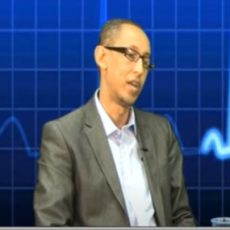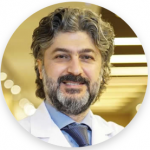
Endoscopy Clinic
We provide a complete range of diagnostic and endoscopic procedures. Our team of colorectal specialists and gastrologists are trained in minimally invasive surgical techniques, allowing for same-day screening, treatment and recovery under one roof.
Gastroscopy:
Used to look inside the oesophagus (gullet), stomach and first part of the small intestine (duodenum) to better understand your digestive health. When is OGD done?
❑ Abdominal Pain
❑ Gastric Reflux
❑ Difficulty or Pain in Swallowing
❑ Persistent Nausea or Vomiting
How to prepare for OGD: The upper GI Tract must be empty before OGD. Generally, no eating or drinking is allowed for 4 to 8 hours before the procedure. Your endoscopist will be more specific about the time to begin fasting
depending on the time of day that your test is scheduled. Medication may need to be adjusted or avoided. It is best to inform your endoscopist of ALL your current medications as well as allergies to medication prior the procedure. Most medications can be continued as usual. Medication use such as aspirin, vitamin E, nonsteroidal anti-inflammatories, blood thinners and insulin should be discussed with your endoscopist prior the procedure.
Colonoscopy
A diagnostic procedure that examines the entire colon and rectum by inserting a thin, flexible tube with a small light and camera through the anus and rectum until it reaches the beginning of the colon. The excision of polyps (polypectomy) or the biopsy of abnormal mucosa in the inner lining of the colon pre-rectum can also be performed during the colonoscopy.
When is Colonoscopy done?
❑ Change in Bowel Habits
❑ Colorectal Cancer Screening/Prevention
❑ Blood in stools
❑ Weight Loss/Abdominal Pain
How to prepare for Colonoscopy: Your colon (large intestine) must be empty before colonoscopy. Generally, no eating or drinking is allowed 4 to 8 hours before the procedure. Your endoscopist will tell you what dietary restrictions to follow and what cleansing routine to use. In general, the preparation consists of limiting your diet to clear liquids the day before and consuming either a large volume of special cleansing solution or special oral laxatives. The colon must be completely clean for the procedure to be accurate and comprehensive, so be sure to follow your
endoscopist’s instructions carefully.
Capsule endoscopy
Capsule endoscopy is a procedure that uses a tiny wireless camera to take pictures of your digestive tract. A capsule endoscopy camera sits inside a vitamin-size capsule you swallow. As the capsule travels through your digestive tract, the camera takes thousands of pictures that are transmitted to a recorder you wear on a belt around your waist. Capsule endoscopy helps doctors see inside your small intestine — an area that isn’t easily reached with more-traditional endoscopy procedures. Traditional endoscopy involves passing a long, flexible tube equipped with a video camera down your throat or through your rectum. Your doctor might recommend a capsule endoscopy procedure to:
- Find the cause of gastrointestinal bleeding. The most common reason for doing capsule endoscopy is to explore unexplained bleeding in the small intestine.
- Diagnose inflammatory bowel diseases, such as Crohn’s disease. Capsule endoscopy can reveal areas of inflammation in the small intestine.
- Diagnose cancer. Capsule endoscopy can show tumors in the small intestine or other parts of the digestive tract.
- Diagnose celiac disease. Capsule endoscopy is sometimes used in diagnosing and monitoring this immune reaction to eating gluten.
- Examine your esophagus. Capsule endoscopy has also been approved to evaluate the muscular tube that connects your mouth and your stomach (esophagus) to look for abnormal, enlarged veins (varices).
- Screen for polyps. People who have inherited syndromes that can cause polyps in the small intestine might occasionally undergo capsule endoscopy.
- Do follow-up testing after X-rays or other imaging tests. If the results of an imaging test are unclear or inconclusive, your doctor might recommend a capsule endoscopy to get more information.



